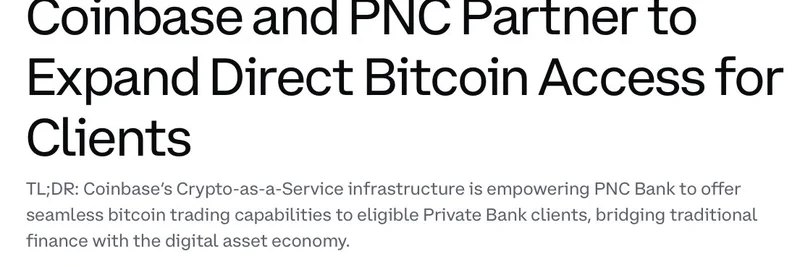Hey there, meme token enthusiasts and blockchain buffs! If you’ve been keeping an eye on the wild world of markets, you might have stumbled across a thought-provoking thread by Kyle (@0xkyle__) on X. Posted on June 28, 2025, this thread dives into a fascinating idea: what if all the technological advancements we’ve come to rely on are actually making markets less efficient over time? Let’s break it down and see how this ties into the meme token craze and the broader blockchain landscape.
The Core Idea: Technology Backwards?
Kyle’s Hypothesis #3 suggests that while tech has given us lightning-fast data access and lower trading costs, it might not be the efficiency booster we think it is—especially in the long run. The argument hinges on a key point: the speed of data availability doesn’t really help with the deep, thoughtful valuation processes that matter in investing. Instead, it’s the processing of that information that’s the real challenge. And here’s the kicker—many investors mistakenly think data is “free” because they don’t grasp the concept of “pay for order flow,” a practice where brokers route orders to market makers for a fee.
This resonates with the meme token world, where hype often outpaces fundamentals. Think of tokens like Dogecoin or Shiba Inu—driven by social media buzz rather than intrinsic value. Could the flood of data be fueling this irrationality?
The Wisdom of Crowds—Or Lack Thereof
Another gem from Kyle’s thread is the nod to the “wisdom of crowds” concept. You’ve probably heard of it: a diverse group of people can collectively make smarter decisions than any single expert. Think of the classic example from Who Wants to Be a Millionaire?—polling the crowd often led to the right answer because the errors canceled out. But what happens when that crowd isn’t independent? Kyle warns that a coordinated crowd can turn this wisdom into a “negative,” amplifying mistakes instead.
In the meme token space, this is super relevant. Platforms like Twitter (or X) and Telegram turn independent traders into a synchronized mob, especially with 24/7 trading enabled by apps on our phones. Add in “one-day funds” (short-lived investment trends) and the influence of random voices or “grifters” pushing biased narratives, and you’ve got a recipe for chaos. It’s like watching a meme token pump and dump in real-time—exciting, but risky!
Why This Matters for Blockchain Practitioners
So, how does this connect to blockchain and meme tokens? The thread’s insights suggest that the same tech driving decentralized finance (DeFi) and token trading might also be sowing the seeds of market instability. High-frequency trading (HFT), which relies on ultra-fast algorithms, is a big player here. While it can lower costs for some, it can also spike volatility—remember the 2010 Flash Crash? For blockchain pros, understanding this duality is key. You’re not just building the next big meme coin; you’re navigating a market shaped by tech’s double-edged sword.
What Can We Take Away?
Kyle’s thread isn’t just a rant—it’s a call to rethink how we use technology in trading. For meme token creators and investors, it’s a reminder to look beyond the hype. Are you trading based on solid research or just riding the social media wave? Maybe it’s time to dig into the blockchain data behind those tokens—check out tools like Etherscan or Dune Analytics to get a clearer picture.
As we move forward in this wild crypto journey, keeping an eye on these trends can help you stay ahead. What do you think—is tech making markets crazier, or are we just better at spotting the chaos? Drop your thoughts in the comments, and let’s keep the conversation going on meme-insider.com!




